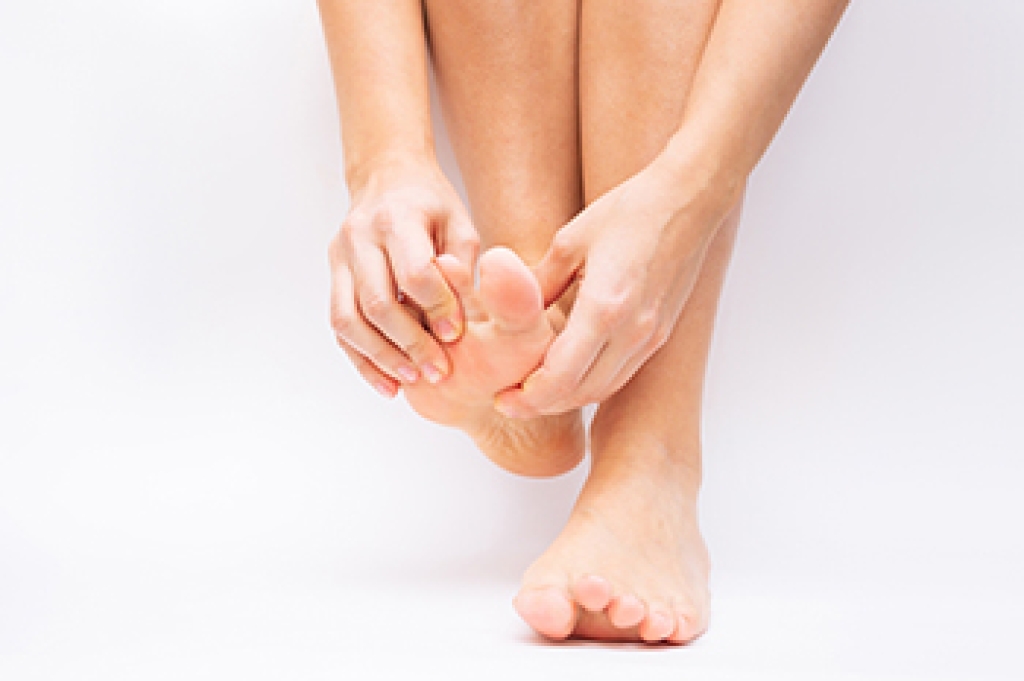
Obesity exerts a profound influence on the health of our feet, a fact often underestimated in the broader conversation about weight-related health issues. The excess body weight borne by those individuals who are obese places an extraordinary burden on the feet, subjecting them to increased pressure and stress. This heightened load on the feet can lead to a range of debilitating conditions, ranging from arch collapse and plantar fasciitis to osteoarthritis. The intricate network of bones, muscles, and ligaments in the feet can gradually succumb to the relentless strain, possibly resulting in chronic pain and reduced mobility. Moreover, obesity amplifies the risk of developing conditions like diabetes, further compounding the toll on foot health. If you have developed foot pain as a result of being overweight, it is suggested that you confer with a chiropodist who can help you to manage this condition.
Being obese affects every part of your body, and your feet are no exception. Because they bear the full weight of your body as you go about your daily life, your feet are under a lot of pressure. Carrying excess weight can strain the feet and cause a variety of unpleasant side effects. If you are obese and concerned about your foot health, please consult with one of the specialists from Thornhill Foot Clinic. Our chiropodists can help you maintain the health of your lower limbs and your mobility.
Obesity can:
- Cause foot pain
- Increase the risk of foot and ankle injuries
- Reduce mobility
- Make the feet wider
- Flatten the arch
- Make gout more likely
- Make arthritis more likely
- Increase the risk of diabetes
Your chiropodist may suggest lifestyle changes to address foot and ankle problems that are caused by or affected by obesity. These may include changes to your diet, exercise, and footwear, as well as wearing orthotics. The treatments for specific injuries or health problems will vary depending on what they are, but weight loss is often suggested to decrease strain on the feet. If you have any questions, please feel free to contact our office located in . We offer the newest diagnostic and treatment technologies for all your foot care needs.




